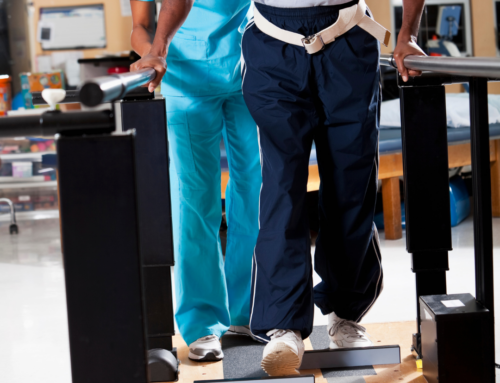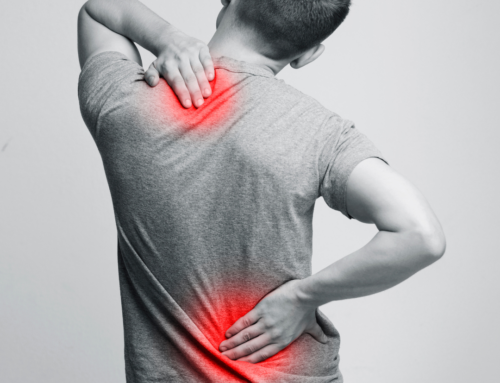 This New Year, while we are all trying our best to find a healthy balanced diet there are certain dietary staples that should not get lost in the mix. We’ve all become so accustomed to the “Got Milk?” campaign and from youth we received the constant encouragement to drink milk from our mothers, but what are the real benefits? Health experts agree that a high calcium diet is essential to overall health.
This New Year, while we are all trying our best to find a healthy balanced diet there are certain dietary staples that should not get lost in the mix. We’ve all become so accustomed to the “Got Milk?” campaign and from youth we received the constant encouragement to drink milk from our mothers, but what are the real benefits? Health experts agree that a high calcium diet is essential to overall health.
Calcium is a mineral that promotes strong healthy bones, though it is encouraged for the and young growing it is also effective for those who are older and at risk of developing brittle bones. Though there are calcium supplements available at your local pharmacy, subtle changes to your diet can help you consume more calcium while receiving the additional benefits of other nutrients.
The obvious choices are dairy foods, such as milk (low or nonfat), yogurt and cheese. One cup of milk provides 300 milligrams of calcium, so simply substituting your breakfast sandwich for a bowl of cereal or oatmeal and milk can allow you to get the calcium you need without the need for supplements. Experts have also found that a high calcium diet lowers blood pressure and reduces colon cancer risk, who would have thought that cheese could help lower blood pressure?
Other foods that are high in calcium but not as readily absorbed are kale, broccoli and spinach. Incorporating these foods into lunch or dinner plates is easy, substituting your normal pasta and marinara with broccoli,cheese and oil or adding broccoli to your rice all can help you achieve a more calcium rich diet. Kale chips are also rising in popularity among the health and weight conscious, so you can get your calcium and stay thin too.
Perhaps the most relevant benefit of a calcium rich diet is the prevention of osteoporosis and osteomalacia, or hardening or softening of the bones. In order to prevent these ailments from occurring later in life it is important to have calcium stores before the ages of 30 to 35. The inclusion of calcium is particularly important for older women who are postmenopausal; the recommended allowance being 800 to 1200 milligrams per day. But studies have shown that postmenopausal women may need more to reduce the effects of osteoporosis. It is also important to partake in weight bearing activities such as yoga, brisk walking or golfing.







Leave A Comment